Vermentino (vair-men-TEE-no) is an aromatic white grape variety. Its origins are not clear but it appears to originate in either the North-East of Spain or Madeira. Defined as the wine of the Tyrrhenian Sea, Vermentino has unique characteristics in the panorama of Italian whites, showing great flavours and a minerality typical of wines that are born near the sea. In Italy, Vermentino is mostly cultivated in Sardinia and in Liguria, but its presence is increasing on the Tuscan coast and in the Maremma region of Tuscany.
Primary Flavors
Peach
Pineapple
Orange blossom
Chamomile
Grape Profile
TANNIN: Quite Soft, Barely Noticeable Tannins
ACIDITY: High Acidity, Tangy and Crisp
BODY: Light to Medium, Versatile
SUGAR: Slightly Dry with a Hint of Sweetness
LEVEL OF ALCOHOL: Middle Range (9-12%)
Handling
Serve 8-10°C
Decant No
Glass Type Sauvignon Blanc Glass
Period open3-5 days
Cellar Between 1 and 2 Years
Our Top selection
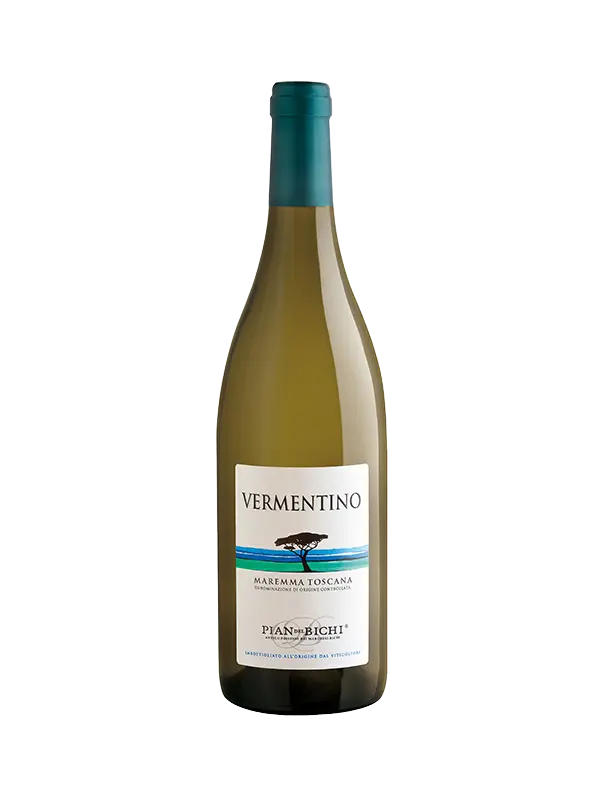
Vermentino
Read more
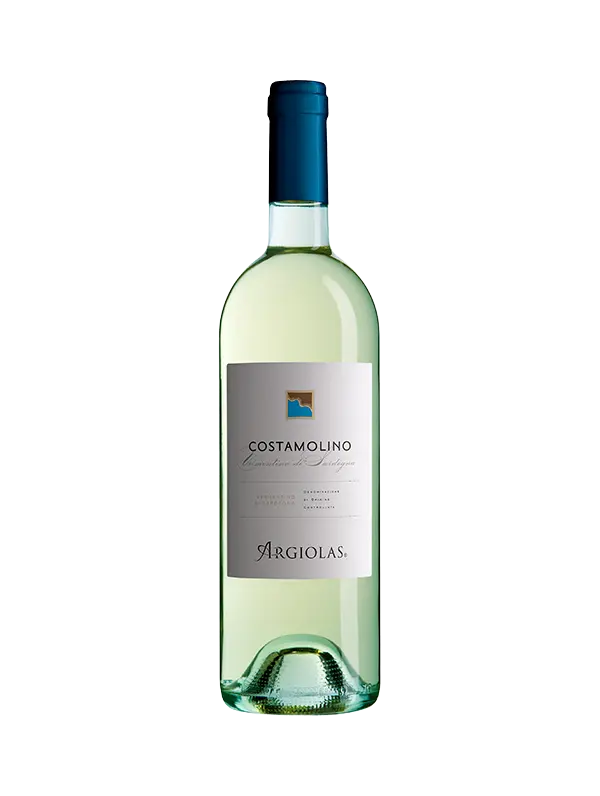
Costamolino Vermentino di Sardegna
Rounded with ripe fruit flavours of melon, pineapple and pear.
Read more
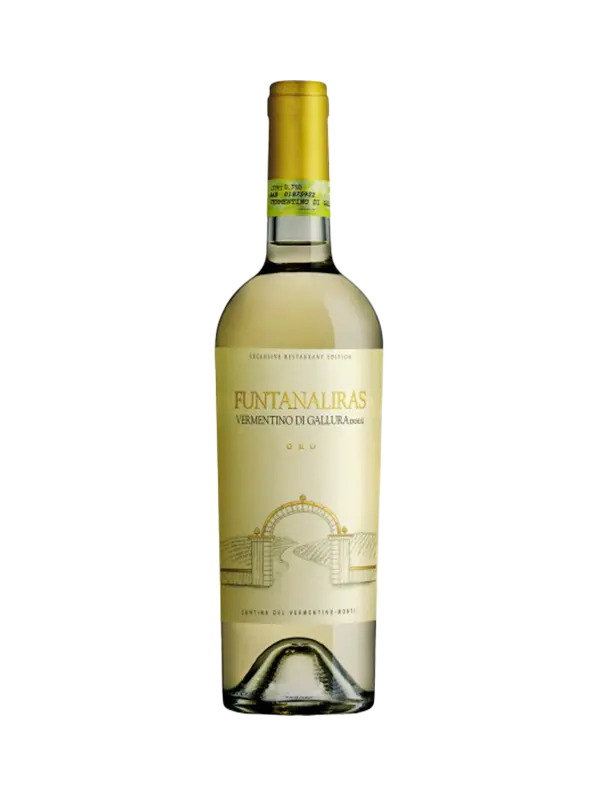
Funtanaliras Oro Vermentino di Gallura
Read more
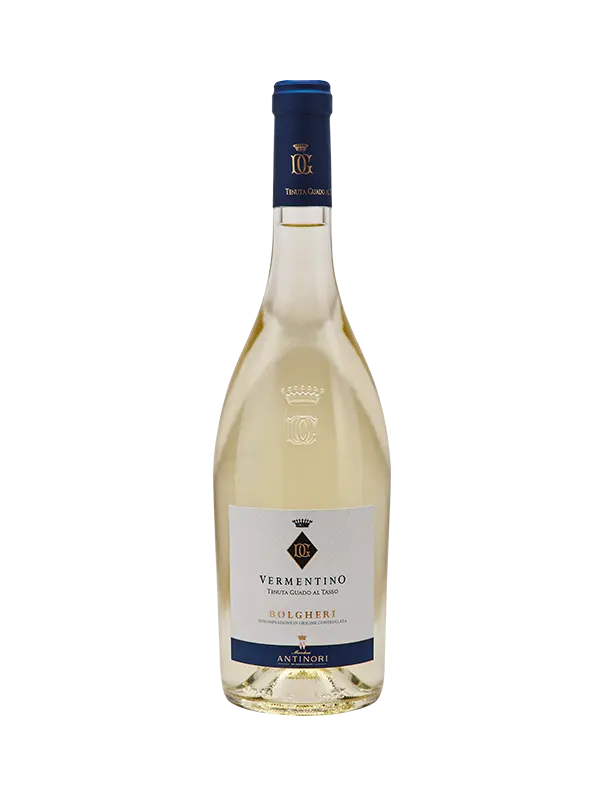
Tenuta Guado al Tasso Vermentino Bolgheri
Read more
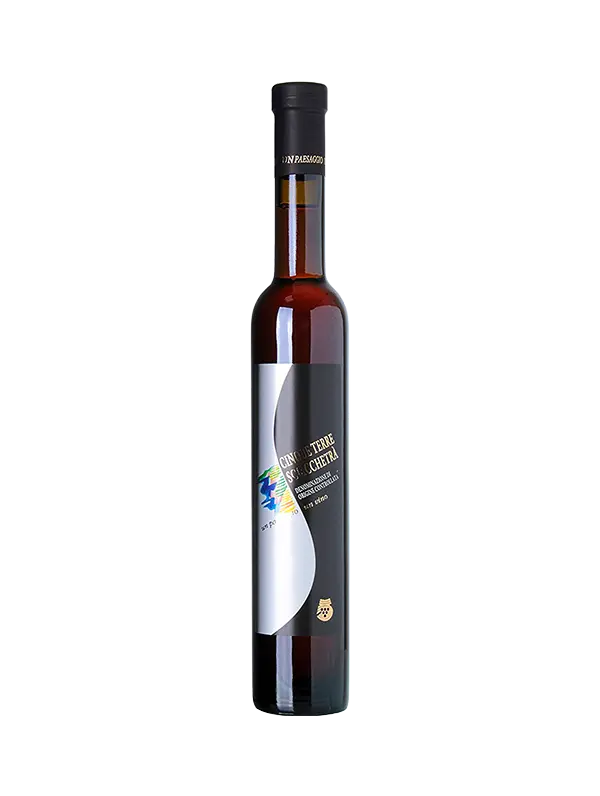
Sciacchetrà
A dessert wine with flavours of caramel, nuts, raisins and dried apricots.
Read more
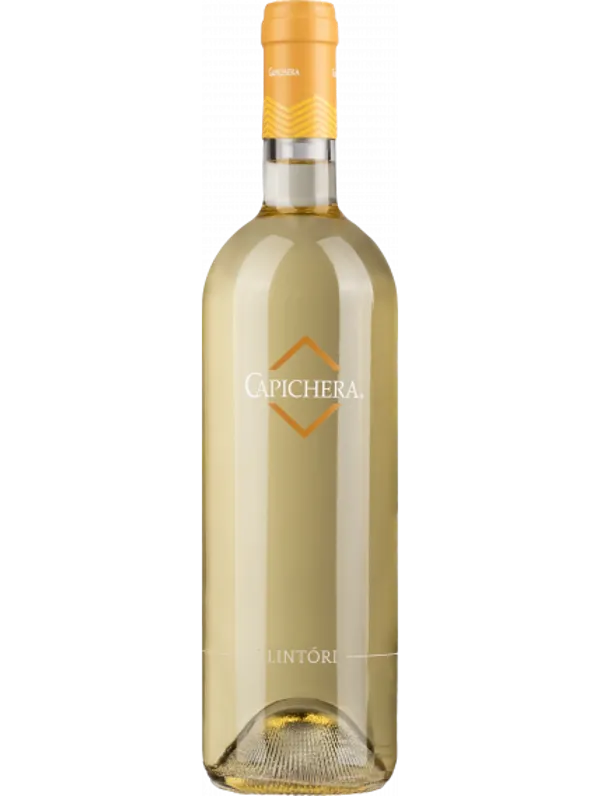
Capichera Lintori Vermentino Sardegna
Crisp Sardinian Vermentino with herb and tropical fruit aromas, vibrant acidity, and clean minerality,
Read more
Vermentino Regions
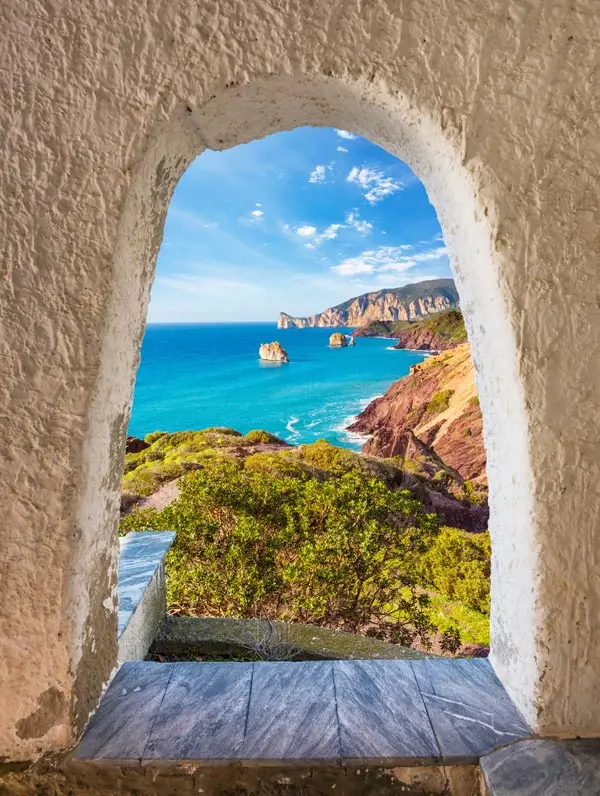
Sardinia
Sardinia’s characterful and distinctive wines are a result of the island’s unique and ancient history.
Read more
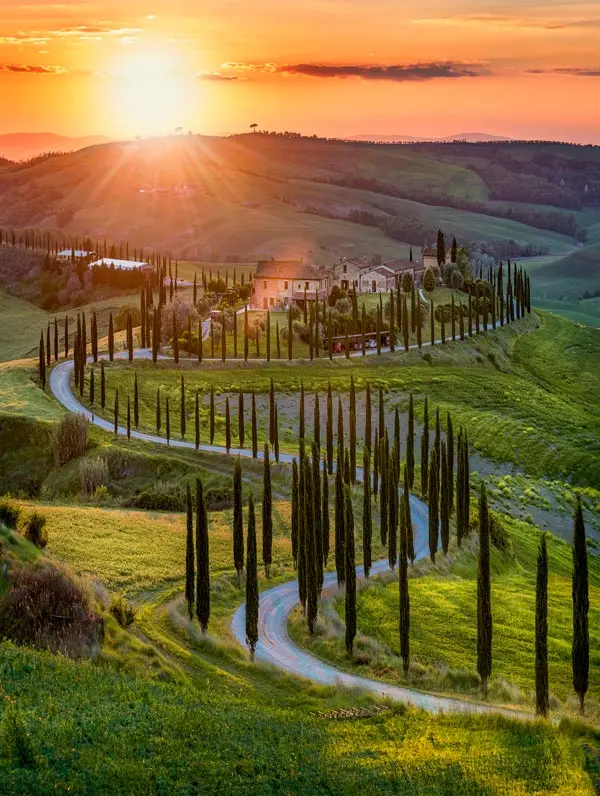
Tuscany
One sip of historic Tuscan wine and you’ll feel as though you’re amongst the vines.
Read more
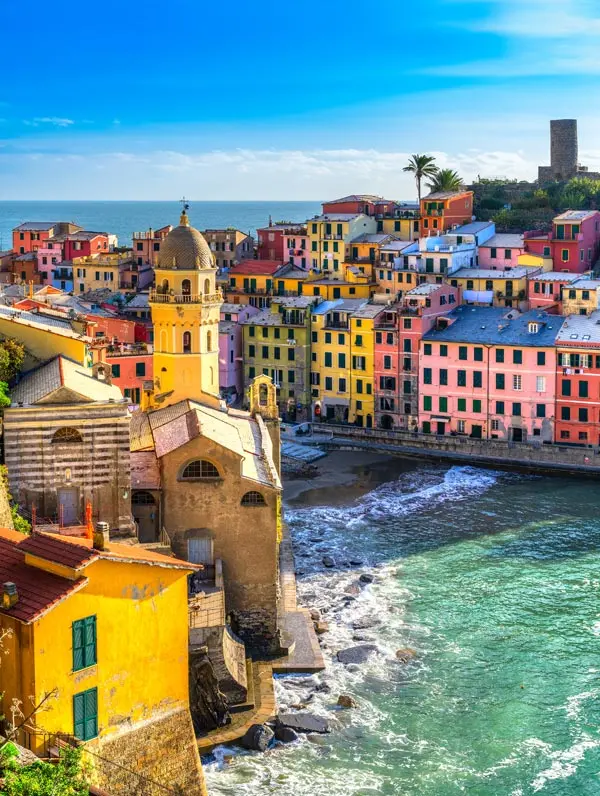
Liguria
Liguria is a unique mix of beaches, mountains, high-quality food & unique history.
Read more
Food Parings

Starter: Deep fried courgette flowers
traditionally filled with mozzarella or anchovies; a delicious summer starter. Serve them with a Vermentino from Liguria.

Main course: Fish soup
a typical dish of the Mediterranean including the French "Bouillabaisse" and the Greek "Kakavia". Pair with Vermentino di Gallura from Sardinia.

Second course: Chicken Curry
this spicy dish pairs well with structured Vermentinos. Try it with Bolgheri Vermentino from Tuscany.
Vermentino pairs wonderfully with the cuisine of the three Italian regions where it is produced. It is also a perfect match for most fish based dishes. Liguria Vermentino’s tendency for producing light, fresh wines make them a perfect aperitif or with vegetarian food and pasta. Sardinian and Tuscan Vermentino have more structure and complexity that pairs well with meat, especially poultry or pork.
FAQS
What kind of wine is Vermentino?
Vermentino is a still white wine. Despite the peculiarity of the individual areas of production, it is generally dry, with high levels of acidity and intense flavours including floral, yellow fruit and herbal notes.
What does Vermentino taste like?
Gentle on the palate, Vermentino wines are fine and harmonious. They show a roundedness of body that is balanced with fresh acidity in the mouth, accompanied by a remarkable persistence of flavour and a characteristic almond finish.
Is Vermentino dry or sweet?
Vermentino is generally a dry white wine, although excellent sweet versions exist both as passito and late harvest, especially for wines coming from the Gallura region in Sardinia. This grape is also part of the blend that produces the Cinque Terre Sciacchetrà: a delicious and rare sweet wine from Liguria.
Where is Vermentino produced?
Vermentino is mainly cultivated in Liguria, with some plantings in Tuscany and Sardinia. Outside of Italy, it is found in the Languedoc-Roussillon region of southern France and in Corsica.
What should I eat with Vermentino?
Vermentino pairs wonderfully with a vast variety of dishes. Famous for its suitability with fish and shellfish, it is an ideal aperitivo wine, thanks to its fruity and versatile character. Furthemore, Vermentino can be served with many of Italians’ favourite dishes: medium-aged cheeses (try Pecorino), white meats (pair with a chicken cacciatora), hot and spicy soups, vegetarian risottos and plenty of other vegetarian dishes.
Want to know it all?
Vermentino Primary Flavours
Delicate on the palate, Vermentino expresses a good balance between texture and freshness accompanied by a remarkable flavour persistence. Typical aromas include white fruit and floral scents such as:
Peach
Pineapple
Orange Blossom
Chamomile
Handling of Vermentino
Serving temperature:
8-10°CGlass type:
Sauvignon Blanc glassSuggested time in Decanter:
not neededLasting period once open:
3-5 daysStoring time in cellar:
1-2 years
Consumer info
Price averages:
£9-12Best pairing with pasta:
lobster linguineBest pairing with risotto & rice:
seafood risottoBest pairing with meat:
poultryBest pairing with fish:
shellfishBest pairing with cheese:
sheep cheeseTop 3 cuisines that pair well:
Italian, Greek, Thai
Wines made from Vermentino Grapes
Tuscan Vermentino:
In Tuscany, Vermentino wines are characterised by a full body, rounded texture and remarkable acidity.
Sardinian Vermentino:
Vermentino is largely widespread in Sardinia. It has found its best home in Gallura on the north-east tip of the island, thanks to a dry and windy climate and rich granitic soils.
Ligurian Vermentino:
Vermentino from Liguria is characterised by a chalky, mineral texture, high acidity and fresh flavours, all deriving from the influence of the Mediterranean climate.
Vermentino Superiore:
Grapes for Vermentino Superiore wines are generally later picked which results in higher alcohol levels and a richer, fuller bodied style of wine but always with great minerality and balanced freshness.
Sweet Vermentino:
Vermentino also creates delicious sweet wines. One of the most unique is the Cinque Terre Sciacchetrà, a wine of rare finesse and personality. Elegantly sweet with hints of cooked plum, honey, chestnut and acacia.
History of Vermentino
The origins of Vermentino have not been fully clarified. The most likely hypothesis is that it is of Spanish origin. Around the 14th century it was likely introduced in Corsica and in the following centuries, reached Liguria then later to Sardinia and Tuscany. Not even its name can shed a light on its origin; it seems to derive from ‘vermena’, a disused Italian word that indicates a "young, thin and flexible twig", which itself derives from the Latin work ‘verbena’ (used for "evergreen plants and twigs").
